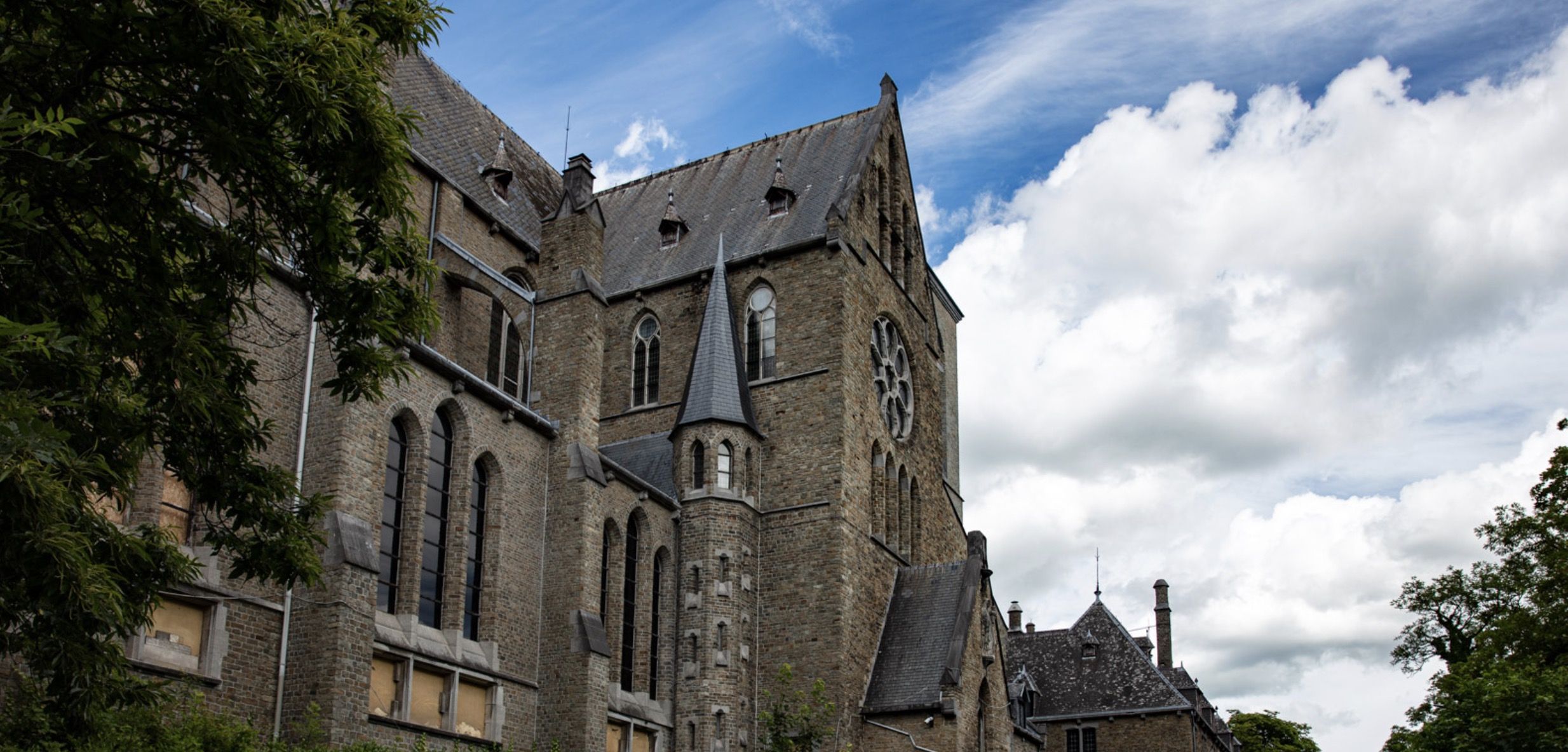Archeology Days 2024 : Meet heritage on the field in Liege
Who among us hasn't dreamed of being an adventurer exploring ancient and forgotten lands, filled with mysteries and unknown objects, stones with suspicious alignments and traces of ancient beliefs and epic battles? This is exactly what archaeologists offer us when they open the "doors" of their work sites during the European Archaeology Days, held every year in June, giving everyone, young and old, the chance to visit sites under investigation and to taste the exciting experience of the professions of research and memory.

Chèvremont : One site, many layers
The Colline de Chèvremont site, near Chaufontaine to the south of the French-speaking Belgian city of Liège, is a concrete example of the richness and complexity of archaeological work.
A long lasting human presence here...
-
Prehistoric tracks detected
-
Roman Oppidum (BC)
-
Medieval Fortress (AD)
-
Abbey
-
Catholic Pilgrimage site
-
Tourists Attraction
-
Condominiums (wip)
Here, over several thousand years, generations of human visitors have come and gone, driven by quality of life, faith, defensive needs or simply the pleasure of the place. From prehistory to antiquity, traces of human passage and presence can be seen. Around the 10th century, the site was home to a fortress reputed to be impregnable... but which disappeared to make way for facilities for religious pilgrims. At the turn of the 21st century, with the relocation of major traffic routes and the advance of secularism in Western Europe, the site is poised for a new turn in the form of an apartment complex, perhaps returning to its original function as an ancient Roman oppidum...
Converting the site to a new use - in this case, the replacement of part of the religious buildings by real estate developers as apartment blocks - also means redevelopment work. In order to comply with modern structural, energetic and hygienic standards, these works will necessarily modify, destroy or cover up objects that bear witness to their time on this site.
Emergency investigations
In Belgium, as in France and many countries, these situations trigger emergency excavations and surveys to complete knowledge of the site, preserve what can be preserved or warn of the potential risks of the planned project.
Meet the actors
During these archaeology days on site, from June 16th to 18th, 2024, we met three generations of researchers who are combining their efforts and taking turns in the race against time that emergency archaeological surveys represent before the actions of property developers.
With rigor and passion, wheelbarrow and sieve, they explore each layer and uncover as many pieces of a puzzle that must be documented, deciphered, compared, and tried to be placed back into the complex picture of generations. Here, an old forgotten millstone had been moved and had become the stabilization base of a now-decomposed post. There, the discovery of a child's bones might reveal a tragic accident...

learn more about the site
Belgium is a little country, but with a huge heritage legacy. Unfortunately, it's modest size allow few investigations simultaneously, with no more than a couple hands of specialists on the field each year. To support their huge efforts, report interesting discoveries, discover their task and what they have already uncovered, we suggest you pay a visite to the following websites.
A Strategic situation
Ideally situated on the spacious promontory of a beautiful hill overlooking two tributaries of the Vesdre River, in the midst of a fertile and hilly region, it is logical that the Chevremont hill has attracted many occupants over the ages.
Site de Chevremont

From a fortified Roman village to a true Merovingian fortress, and later a castle, the site offers a panorama for seeing and being seen from afar. It also has easy access to water and transportation routes for goods and travelers. This likely greatly contributed to its success as a pilgrimage site for many generations of Catholic believers, having housed holy relics and benefited from numerous donations from penitent faithful.
A powerful economic hub for centuries, attracting many shops and gifted artisans until industrial revolution

A neverending story

Like the closing of a millennial circle, in a way returning to its Roman or even earlier origins, the site is now set to undergo a new transformation into a condominium, offering its future residents the fresh air of the verdant suburbs of Wallonia, Liège, and the breathtaking view of a largely preserved landscape.
Here too, as in many places threatened by erosion and changes in use, it is important to methodically document the past to pass it on to the children of future generations and to consolidate and enrich our understanding of past generations.
This history lies beneath our feet, waiting to be revealed, but beware: Archaeology is a science of the fragile and the unique. Always ensure to explore sites around you under the enlightened guidance of specialists in the field to find without destroying, to see without over-interpreting, to remain humble and curious, yet actively engaged in this exhilarating and inspiring transmission.
Learn more about European Archeology Days
For those who discover the event, we strongly suggest you to browse the richful network of countries and scientists who are sharing their heritage investigations accross the old continent, and maybe schedule your next visit to a thrilling encounter with patrimony near your location.












